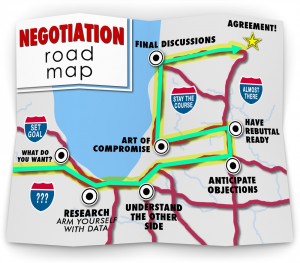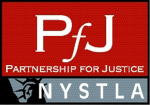 In our business as settlement consultants we are keenly aware of the different dynamics that come into play in personal injury litigation and how those dynamics can often help promote a negotiated resolution of the case. As we’ve written before, the various weaknesses you become aware of in the course of developing your case, as either plaintiff or defense counsel, will often create an incentive to prefer negotiation over the courtroom.
In our business as settlement consultants we are keenly aware of the different dynamics that come into play in personal injury litigation and how those dynamics can often help promote a negotiated resolution of the case. As we’ve written before, the various weaknesses you become aware of in the course of developing your case, as either plaintiff or defense counsel, will often create an incentive to prefer negotiation over the courtroom.
But it’s not just perceived weakness in your own position that creates an incentive to settle. Sometimes it’s the strength of your position that gives rise to a dynamic in favor of settlement. And in those situations, experience has shown us that it’s important to play your strong hand wisely (and without showing much willingness to compromise) in order to achieve an optimal negotiated outcome.





![Congress in action [sic]](https://www.esqsettlements.com/wp-content/uploads/2015/05/shutterstock-congress-300x200.jpg)




